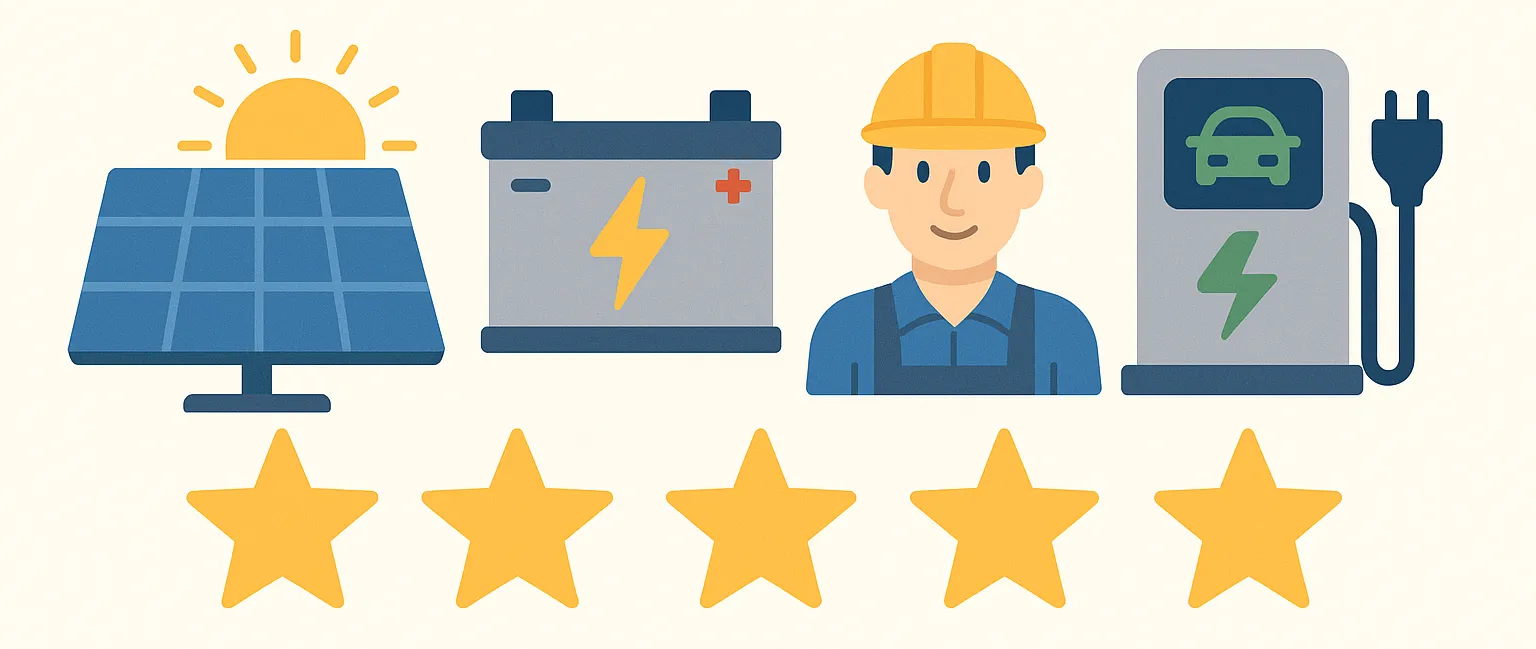The generic rectangular solar panel appears to have achieved dominance as a means to harness the sun’s energy, but there are plenty of other technologies that fought hard along the way.
Concentrated photovoltaic, or CPV, uses parabolic lenses to focus sunlight onto highly efficient cells to generate electricity or to heat oil or water. Groups of these towering giants have been built over the years in dusty hotspots around the world but hope has waned over time.
With the sun still beating hard onto the sites, and the dishes often rigged with dual-axis tracking, there is plenty of opportunity to make the most of what you’ve got and upgrade to new technology.
That’s what’s happening in Bridgewater, about 30 minutes from Mildura in Victoria, where Ceramet Solar has converted two unloved CPV dishes and boosted output to about 8kW a piece.
The site includes large dishes about 14 metres across, medium dishes which are 7.5 metres in diameter and small dishes three metres across.
The CPV experiment might have sounded exciting a few years ago, but “it was not really viable,” Ceramet Solar project engineer Hubert Natividad told EcoGeneration. “The O&M [operations and maintenance] is very high. We think converting to PV and using the dual axis will be a better option.”
The trial facility was originally built by Solar Systems, which tried to develop CPV technology at Bridgewater alongside a 1MW plant in Mildura and about 500kW in Saudi Arabia before going broke after it failed to commercialise the technology and government funding was withdrawn. It sold to Silex Systems in 2010, which in turn failed to get traction and shut down operations in 2015.
But with approval to connect up to 1.3MW to the local Diamond Energy network, the site still holds value for current owner Ceramet (owned by Middendorp).
Ceramet is also working with RMIT university in developing a desalination system which can be integrated into its CPV dishes. “We plan to have a CPV system that generates value from both electrical and thermal energy,” says Natividad.
The plan at Bridgewater is to refit six more of the dual-axis tracker medium-sized CPV dishes with PV panels and seven of the large dishes, which he expects will generate about 23kW each. Five of the concentrator dishes are generating and will be maintained.
“It’s getting busy for us,” he says.
News item provided courtesy of Ecogeneration - www.ecogeneration.com.au
